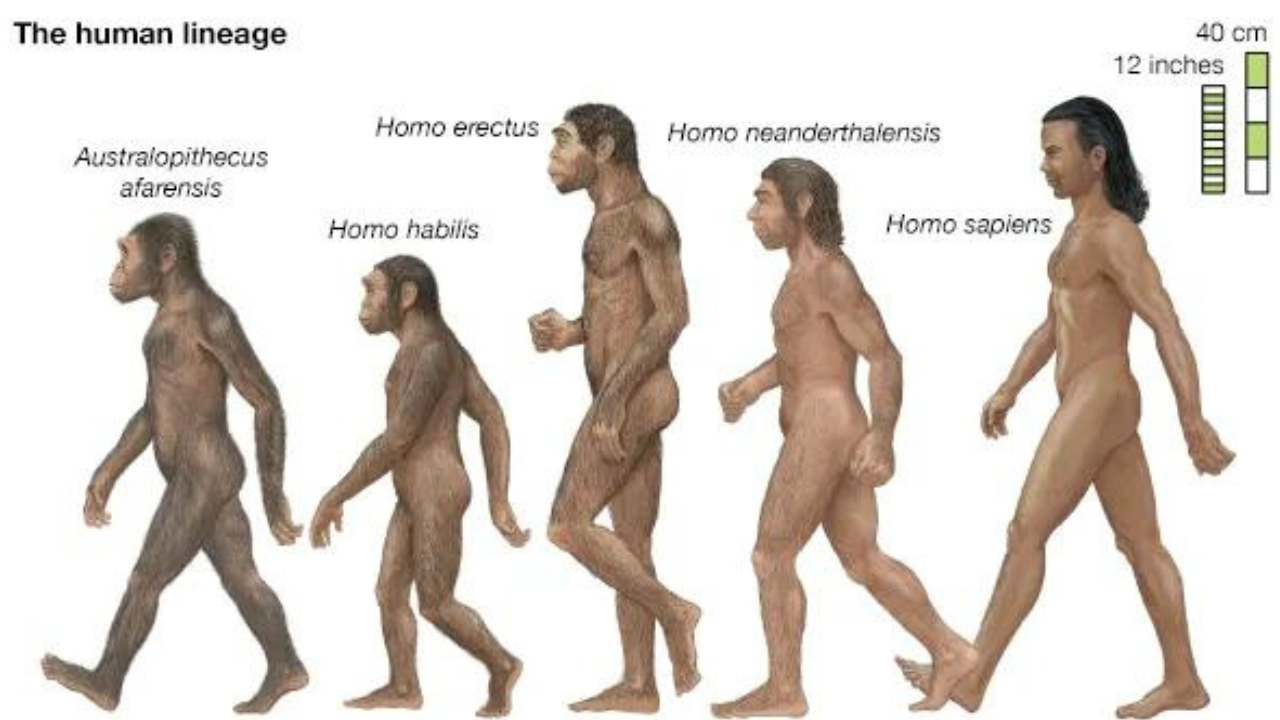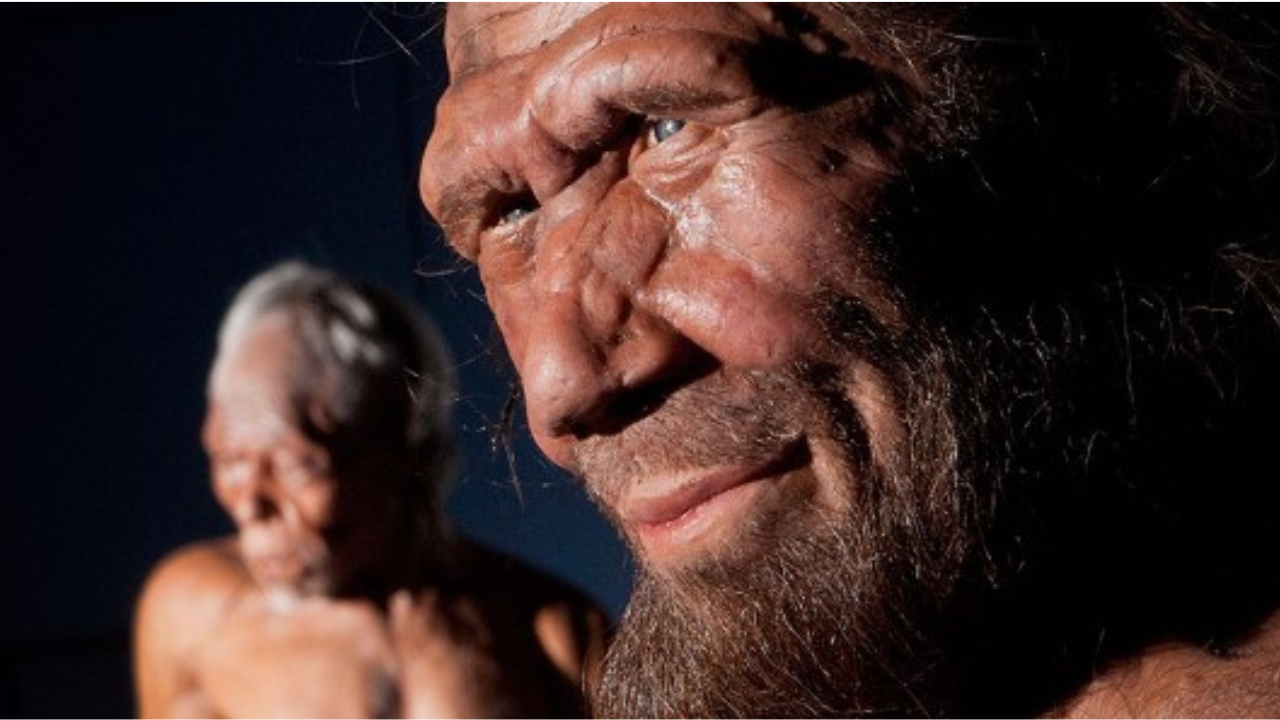The quest to understand our origins is one of the most enduring mysteries of human existence. Where did we come from? How did we evolve into the complex beings we are today?
These questions have captivated scientists and philosophers for centuries, and while much remains to be discovered, significant progress has been made in unraveling the story of our ancestors.
The Earliest Hominins
The earliest known hominins, the group of primates that includes humans, date back approximately 7 million years ago. These ancient ancestors, such as Ardipithecus ramidus and Australopithecus afarensis, exhibited ape-like features but also possessed traits that set them apart from other primates.

They walked upright on two legs, had larger brains than apes, and used simple tools.
- Ardipithecus ramidus, discovered in Ethiopia, lived around 4.4 million years ago.
- Australopithecus afarensis, famously known as “Lucy,” lived around 3.2 million years ago.
- Both species exhibited a mosaic of ape-like and human-like traits.
The Emergence of Homo Erectus
Homo erectus, a species that lived from approximately 1.9 million to 143,000 years ago, was a significant step in human evolution.
They had larger brains than earlier hominins, were taller, and had longer legs, suggesting they were adapted for walking and running long distances. Homo erectus is believed to have been the first hominin to migrate out of Africa and spread to other parts of the world.

- Homo erectus had larger brains than earlier hominins.
- They were well-adapted for walking and running long distances.
- Homo erectus is believed to have been the first hominin to migrate out of Africa.
The Appearance of Modern Humans
Homo sapiens, our own species, emerged in Africa around 300,000 years ago. They had distinct physical features, including a larger brain, a more prominent chin, and a narrower pelvis.
Modern humans were also capable of complex language and symbolic thinking, which allowed them to create art, music, and elaborate social structures.

- Homo sapiens had a larger brain, a more prominent chin, and a narrower pelvis.
- They were capable of complex language and symbolic thinking.
- Modern humans migrated out of Africa and spread to all parts of the world.
The Neanderthals and Other Human Ancestors
While Homo sapiens is the only surviving human species, there were other human ancestors that coexisted with us for a time. Neanderthals, for example, were a distinct species of hominin that lived in Europe and Asia.

They had robust bodies, large brains, and may have even interbred with modern humans.
- Neanderthals were a distinct species of hominin that lived in Europe and Asia.
- They had robust bodies and large brains.
- Recent genetic evidence suggests that Neanderthals and modern humans interbred.
The Future of Human Evolution
The story of human origins is a fascinating and ongoing saga. As scientists continue to study the fossil record and genetic evidence, we can expect to learn even more about our ancestors and the factors that shaped our evolution. While the future of human evolution remains uncertain, it is clear that we are a dynamic and adaptable species with the potential to continue to evolve and shape our world.
The study of human origins has important implications for our understanding of ourselves and our place in the universe. It helps us to appreciate the diversity of human cultures and the interconnectedness of all living things. By understanding our past, we can gain valuable insights into our present and future.
Glossary
- Hominin: Any member of the human lineage after the split from the chimpanzees.
- Bipedal: Able to walk on two legs.
- Australopithecus: A genus of early hominins that lived in Africa between 4 and 2 million years ago.
- Homo erectus: A species of early hominin that lived in Africa and Eurasia from about 1.9 million to 143,000 years ago.
- Homo sapiens: The modern human species.
- Neanderthal: An extinct species of hominin that lived in Europe and Asia from about 400,000 to 30,000 years ago.
- Paleontology: The study of ancient life through the fossil record.
- Archaeology: The study of human past through the analysis of material remains.
- Genetics: The study of genes and heredity.
FAQs
Q: What is the difference between hominins and apes?
A: Hominins are a group of primates that are more closely related to humans than to other apes. They are distinguished by their bipedalism, larger brains, and use of tools.
Q: When did the first hominins appear?
A: The earliest known hominins date back to about 7 million years ago.
Q: What is the significance of Homo erectus?
A: Homo erectus was a significant step in human evolution. They were the first hominins to migrate out of Africa and were more adapted for walking and running long distances.
Q: How did Homo sapiens evolve from earlier hominins?
A: The exact process of human evolution is still being debated, but it is believed to have involved gradual changes in anatomy, behavior, and cognition over millions of years.
Q: What is the future of human evolution?
A: The future of human evolution is uncertain, but it is likely to continue to be influenced by factors such as climate change, technology, and social interactions.
Q: What can we learn from studying human origins?
A: Studying human origins can help us to understand our own evolution, our place in the natural world, and the diversity of human cultures. It can also provide insights into the challenges and opportunities that we face as a species.
